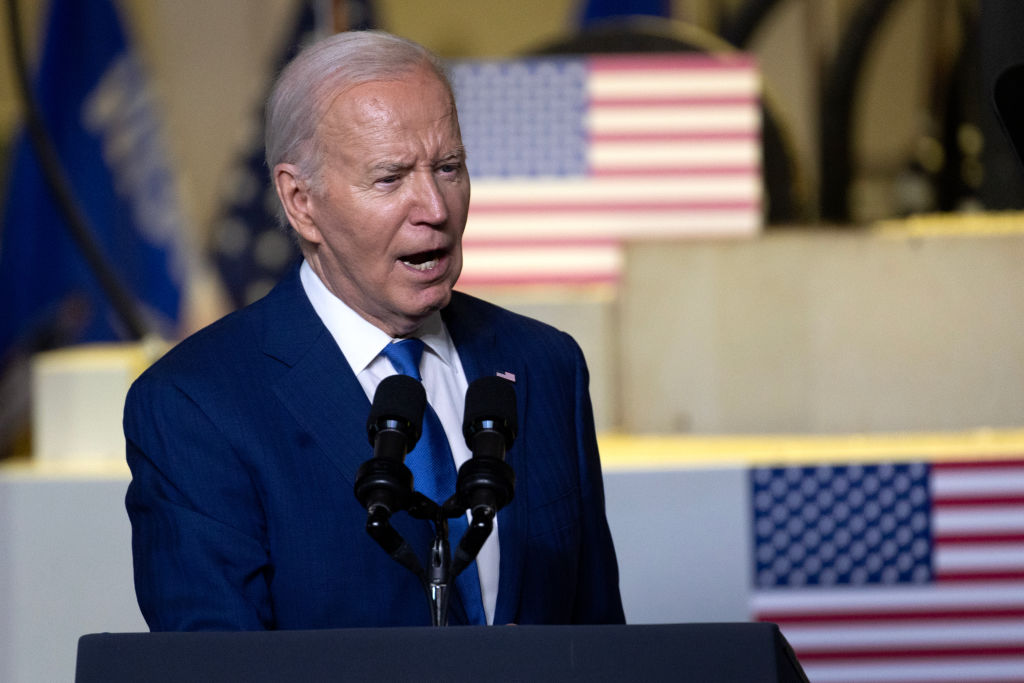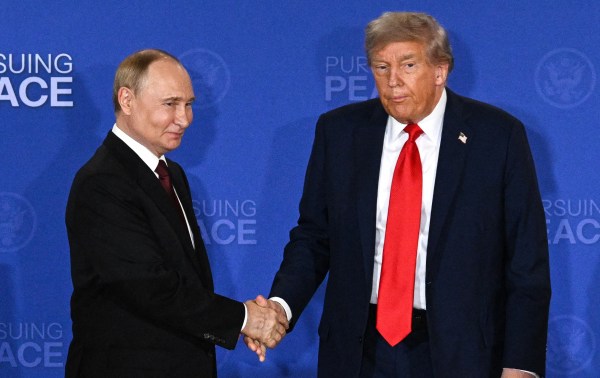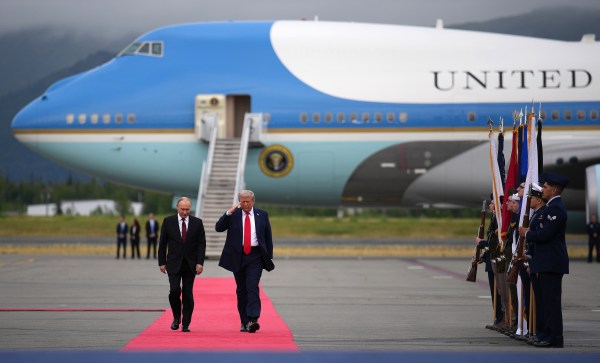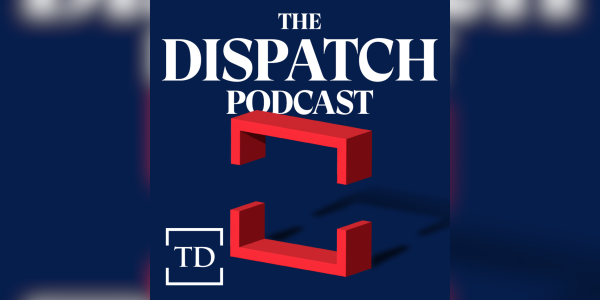Editor’s note, May 15, 2024: This piece has been updated to incorporate a second claim by President Joe Biden.
In an interview this week with CNN’s Erin Burnett, President Joe Biden claimed that the inflation rate was 9 percent when he entered office, crediting his administration with bringing that inflation under control. “No president has had the run we’ve had in terms of creating jobs and bringing down inflation,” Biden said in the interview. “It was 9 percent when I came to office, 9 percent.”
Burnett did not interject or push back on the president during the interview, but Biden’s claim is false: The annual rate of inflation was significantly lower when he took office in January 2021 and did not reach 9 percent until June 2022.
Despite the claim being fact-checked by multiple outlets in the days after he made it, Biden repeated the assertion in an interview with Yahoo Finance on May 14. “I think inflation has gone slightly up,” Biden told Brian Sozzi. “It was at 9 percent when I came in and it’s now down around 3 percent.”
According to the consumer price index—the most common measure of U.S. inflation—the annual rate of inflation was only 1.4 percent in January 2021, the month Biden was sworn into office. Inflation quickly rose in the ensuing months, reaching a peak of 9.1 percent in June 2022 before retreating to 3 percent by June 2023. Year-over-year inflation has ranged from 3.1 to 3.7 percent in the 11 months since then, and the Bureau of Labor Statistics’ most recent reading—for March 2024—was 3.5 percent.
A separate measure of inflation—the Bureau of Economic Analysis’ personal consumption expenditures index—followed a similar trajectory. By that metric, the annual rate of inflation stood at 1.6 percent when Biden took office in January 2021, reaching a peak of 7.1 percent in June 2022. In March 2024, the most recent month in which data is available, the year-over-year rate had fallen to 2.7 percent.
Economists disagree on the extent to which Biden administration policies have been responsible for high U.S. inflation rates since he took office—supply and demand pressures created by the COVID-19 pandemic contributed to elevated inflation rates across most developed economies.
As The Dispatch Fact Check reported last year, however, many economists believe excess federal spending signed into law by Biden early in his presidency led prices to rise faster than they otherwise would have. “If we hadn’t had excessive monetary and fiscal stimulus, I think we still would have had inflation that was considerably above the Fed’s target,” Michael Strain, an economist at the American Enterprise Institute, told The Dispatch last fall. “But, I don’t think it would have been nearly as expensive as we have now.”
If you have a claim you would like to see us fact check, please send us an email at factcheck@thedispatch.com. If you would like to suggest a correction to this piece or any other Dispatch article, please email corrections@thedispatch.com.







Please note that we at The Dispatch hold ourselves, our work, and our commenters to a higher standard than other places on the internet. We welcome comments that foster genuine debate or discussion—including comments critical of us or our work—but responses that include ad hominem attacks on fellow Dispatch members or are intended to stoke fear and anger may be moderated.
With your membership, you only have the ability to comment on The Morning Dispatch articles. Consider upgrading to join the conversation everywhere.